 Religion
Religion  Religion
Religion  Weird Stuff
Weird Stuff 10 Horrifying Final Destination-Like Accidents
 Movies and TV
Movies and TV 10 Music Biopics That Actually Got It Right
 History
History 10 Momentous Events That Also Occurred on July 4th
 Animals
Animals 10 Times Desperate Animals Asked People for Help… and Got It
 Movies and TV
Movies and TV 10 Movie Flops That Found Their Way to Cult Classic Status
 History
History 10 Things You Never Knew About Presidential First Ladies
 Movies and TV
Movies and TV 10 Zombie Movies That Will Actually Terrify You
 Humans
Humans 10 Times Scientists Were Absolutely Sure… and Absolutely Wrong
 Our World
Our World 10 Pivotal Moments for Life on Earth
 Religion
Religion 10 Innovations and Discoveries Made by Monks
 Weird Stuff
Weird Stuff 10 Horrifying Final Destination-Like Accidents
 Movies and TV
Movies and TV 10 Music Biopics That Actually Got It Right
Who's Behind Listverse?

Jamie Frater
Head Editor
Jamie founded Listverse due to an insatiable desire to share fascinating, obscure, and bizarre facts. He has been a guest speaker on numerous national radio and television stations and is a five time published author.
More About Us History
History 10 Momentous Events That Also Occurred on July 4th
 Animals
Animals 10 Times Desperate Animals Asked People for Help… and Got It
 Movies and TV
Movies and TV 10 Movie Flops That Found Their Way to Cult Classic Status
 History
History 10 Things You Never Knew About Presidential First Ladies
 Movies and TV
Movies and TV 10 Zombie Movies That Will Actually Terrify You
 Humans
Humans 10 Times Scientists Were Absolutely Sure… and Absolutely Wrong
 Our World
Our World 10 Pivotal Moments for Life on Earth
10 Frightening Facts About The Mysterious Deadly Prion Diseases
Diseases are a natural side effect of living in a competitive place like Earth. Most diseases can be categorized by the pathogen they’re contracted through, even if not all of them require an external organism to spread.
SEE ALSO: Top 10 Fascinating Diseases That You Can Smell
While we understand the nature of most diseases by now, there are still many we don’t have definitive cures for. Then there are the diseases that aren’t like anything else we know, and baffle even the best of our researchers. Case in point; prion diseases.
Prions aren’t like any other disease we know of, mostly because they’re not a disease at all. Prions are a type of protein found in the body that get folded out of shape for some reason, and have the ability to misfold other proteins of the same type by contact.
That may sound innocuous, but that property gives way to one of the most mysterious and deadly disorders we know of.
10 We Don’t Know Why Prions Exist (Or What They Even Are)

Prions are animal tissue proteins that are found in many parts of the body, mainly the brain, spinal cord and eyes. They’re not dangerous in themselves, and may even serve some purpose in the body, though they have a tendency to go rogue.
You see, prions have an inclination to just change their shape and become contagious. That means that they can transfer their misfolded pattern to other proteins, causing them to do the same and spread. Depending on the type of misfolding, it can cause a variety of serious diseases, like Creutzfeldt-Jakob disease.
Interestingly, we still don’t know why prions exist at all, as they seem to do nothing of note in the body, even if the diseases they cause can be debilitating. Some studies suggest that they may have a role to play in the functioning of the nerves.[1]
9 They’re Ridiculously Hard To Kill
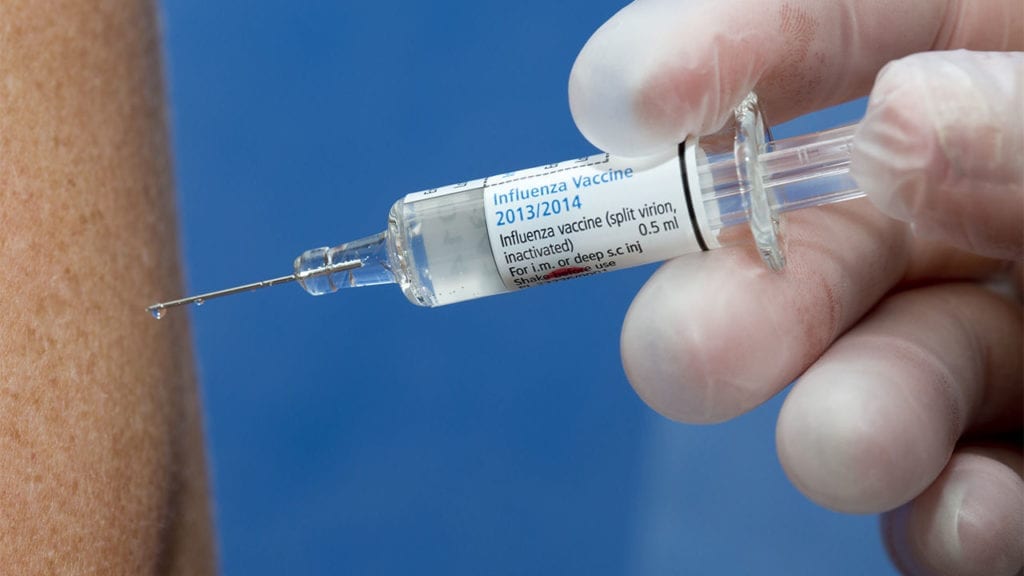
Dealing with diseases caused by pathogens is just a matter of finding out how to kill or stop the external organism causing it. While we’re still figuring out how to do that for some sturdier species, we largely have the means to eradicate most diseases by the old school ‘kill ’em all’ method.
Unfortunately, prions are too far advanced to be killed by our usual methods. There have been many cases of people contracting a prion disease simply by coming in contact with infected hospital equipment. The usual methods of disinfection designed to kill off bacteria and viruses – like radiation and heat—just don’t work on prions. They can reportedly survive temperatures of 121 degrees Celsius (249.8f), which is more than enough to kill most pathogens we know of.[2]
8 They Aren’t Even Alive
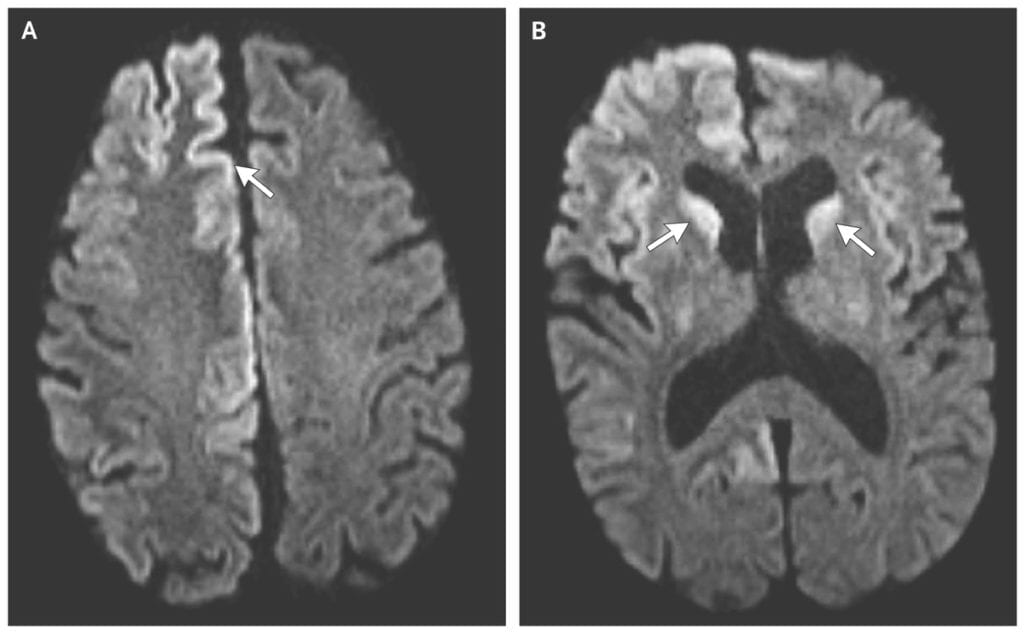
Prions are especially deadly due to the speed with which they can infect other proteins. All the diseases caused by prions are serious, disabling conditions. The most common one is Creutzfeldt-Jakob disease (CJD), which can cause disability and a rapid death within a year. Thankfully, most cases are reported around the age of 60, and the disease itself is pretty rare.
For all the damage they can cause, prions don’t seem to have any characteristics of other pathogens. For one, they don’t have any genetic material like DNA or RNA, and no body parts to speak of. More importantly, they’re not even alive. They’re essentially deformed proteins and not separate organisms, making them potentially more dangerous as they have no fear of death.[3]
7 Their Use In Warfare
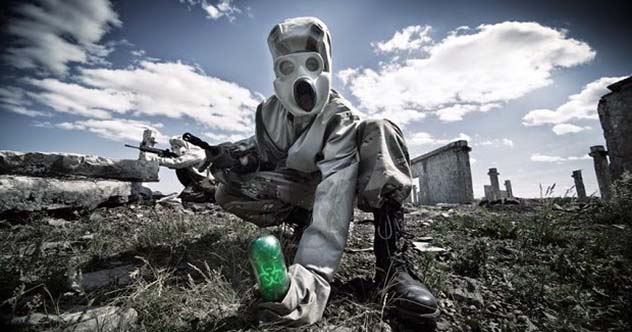 Biological weapons have been used in warfare for a long time, and there are still a worrying number of cases of their use in conflicts around the world. They’re also surprisingly easy to obtain in conflict areas, making them accessible to violent militant groups and rogue states. Even a small-scale bio attack in a densely populated region could wreak havoc on its population, both physically and mentally.
Biological weapons have been used in warfare for a long time, and there are still a worrying number of cases of their use in conflicts around the world. They’re also surprisingly easy to obtain in conflict areas, making them accessible to violent militant groups and rogue states. Even a small-scale bio attack in a densely populated region could wreak havoc on its population, both physically and mentally.
Most bio weapons we know of are made up of deadly strains of bacteria or viruses, though because of advanced medicine and quarantining mechanisms in many first world countries, we’re getting better at combating attacks like that.
That’s where prions come in. Because of not being a pathogen by definition, bio weapons designed with prions would be nearly impossible to detect or contain. Prion diseases are highly infectious and cause neurodegenerative disorders at a blinding pace, which can be deadly in the hands of, say, a terrorist group.[4]
6 A Whole Different Category Of Diseases

When they were first discovered, prions didn’t make sense to anyone. It would be years till they would be recognized as a type of disease, though because of its peculiarity, we still don’t know what type that would be.
Prion diseases are nothing like any of the diseases we know of in any branch of medicine. They’re primarily caused by an excess of bad – or misfolded – proteins in organs like the brain, and cause a variety of rare conditions unlike any other disorder known to medicine. Many other baffling diseases we have never truly been able to explain – like Alzheimer’s and Parkinson’s—are now being linked to prions, too.[5]
5 We Don’t Know How Many Types There Are
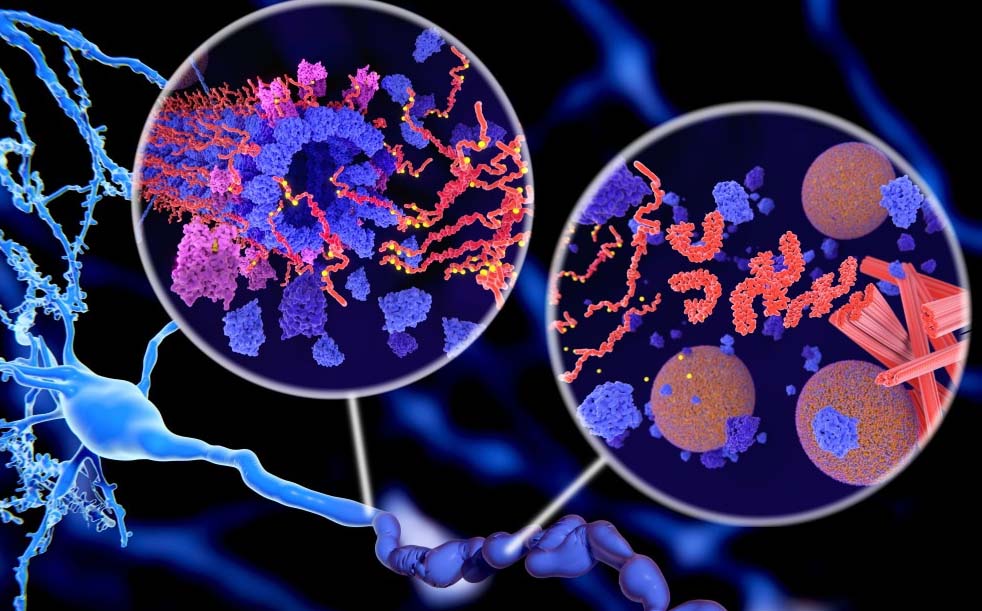
Because of being rare conditions, prion diseases remain poorly studied. Growing research in recent times has shed some light on the mysterious diseases, though we still don’t quite understand the underlying mechanisms that cause them. Not just that, we’re not even aware of all the types of prions there can be.
Many diseases that were previously considered to be related to something else have recently been found to be caused by prions, as our definition of what prions are is consistently expanding. We still have little idea about all of their varieties in existence, as even the ones we know of are still not properly understood.[6]
4 The Copper Connection
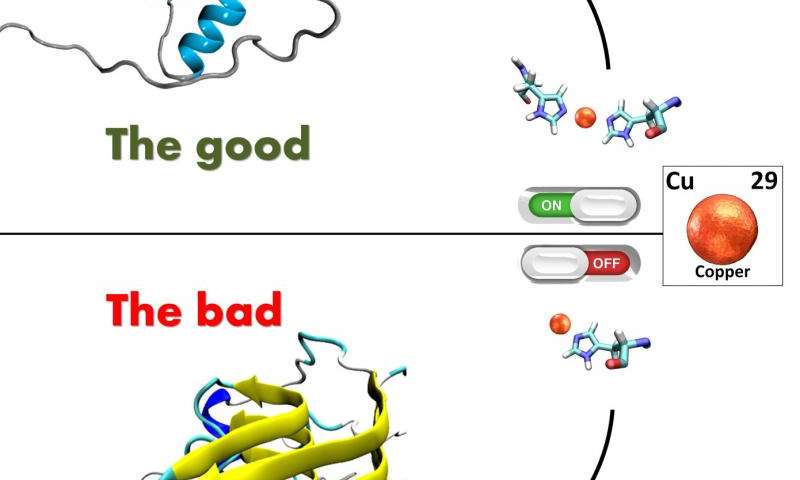
Prion diseases are noteworthy for spreading inside the body at an alarming rate. Death usually occurs within months – though sometimes years – of contracting one, and there’s little we know about the underlying causes. We don’t know what causes proteins to misfold in the first place, and answers are hard to come by because of how rare the disease is.
According to some recent research, though, we may have found at least one culprit; copper. Researchers from Iowa State University have found that copper ions in the body cause prions already present in the brain, spinal cord etc. to misfold. Exposure to copper was long thought to be associated with prions, and this was the first time it was proven in the lab.[7]
3 The Conspiracy Theories
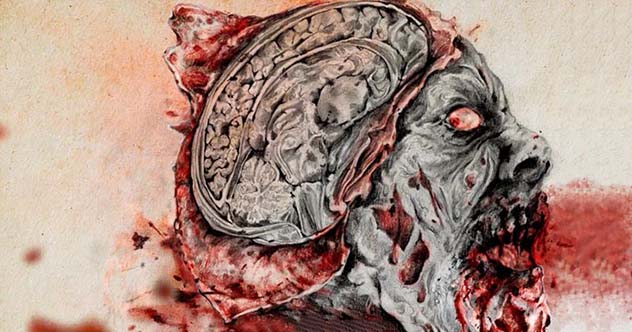
Prions aren’t like other diseases (or anything else we know of) in many ways, which is why some scientists refer to them as the ‘weirdest living molecules ever’. They’re not alive, have any genetic material to be a separate species, and – apparently – are at the center of quite a few conspiracy theories.
While the absurdity of the theory depends on which part of the Internet you’re in, some of them may as well be true. Some theorists think that the government is looking into prions for a lot of their experimental research, as they have plenty of applications in warfare. They’re also getting increasingly popular in the zombie apocalypse subcultures, as prion diseases directly affect the brain and could, theoretically, be used to turn people into zombies.[8]
2 That Time It Spread Through Cannibalism
 Cannibalism was as popular in Papua New Guinea as regular eating is in other places. Residents widely accept that cannibalism is a thing their ancestors used to do, and it’s totally cool by them. While we doubt that any cannibal tribe in Papua New Guinea survives to this day, it’s a known fact that they did until very recently.
Cannibalism was as popular in Papua New Guinea as regular eating is in other places. Residents widely accept that cannibalism is a thing their ancestors used to do, and it’s totally cool by them. While we doubt that any cannibal tribe in Papua New Guinea survives to this day, it’s a known fact that they did until very recently.
Cannibalism has caused its fair share of health problems – as it’s popularly forbidden for a reason – for the inhabitants of Papua New Guinea. Take the Fore tribe as an example. When researchers went to check up on them in the 50s, they found that about 200 tribespeople were dying every year from a mystery illness. The symptoms included trouble while walking, a loss of control on the body and eventual death.
The researchers at the time couldn’t guess the roots of the illness, though as we later found out, it was due to prions. It was spreading through cannibalism, which was so common that kids would have body parts as snacks.[9]
1 There’s Still No Cure
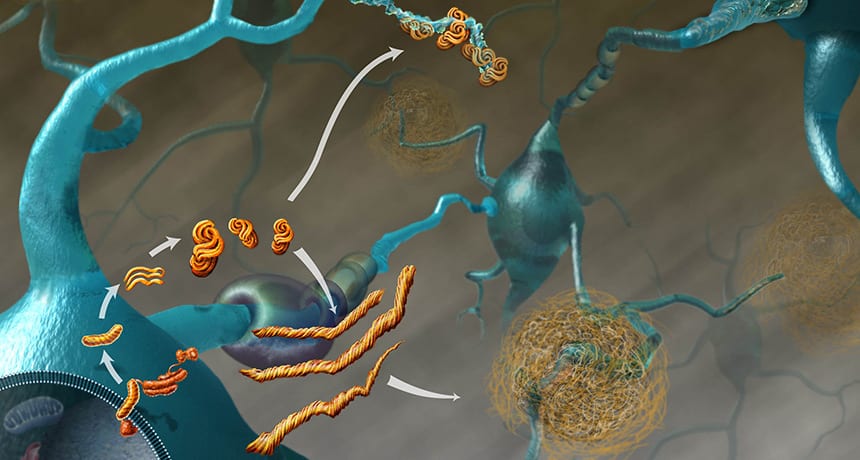
From everything we know about prion diseases, they sound like horrible disorders to have. Most of them are degenerative in nature and restrict brain function, leading to death in all cases. The worst part? We have no way of stopping a prion disease from eventually killing you.
Even if these diseases are rare, those who do contract them have no choice but to go through all the stages of it. Some medications can delay the symptoms, and treatment mostly consists of making things comfortable for the patient than anything else. Moreover, all prion diseases are fatal, though there’s some comfort in the fact that it’d likely not happen to you or anyone you know.[10]
For more fascinating lists like this, check out 10 Diseases That Possibly Came From Outer Space, and 10 Mind-Boggling Medical Conspiracy Theories.
About The Author: You can check out Himanshu’s stuff at Cracked (www.cracked.com/members/RudeRidingRomeo/) and Screen Rant (https://screenrant.com/author/hshar/), or get in touch with him for writing gigs ([email protected]).








